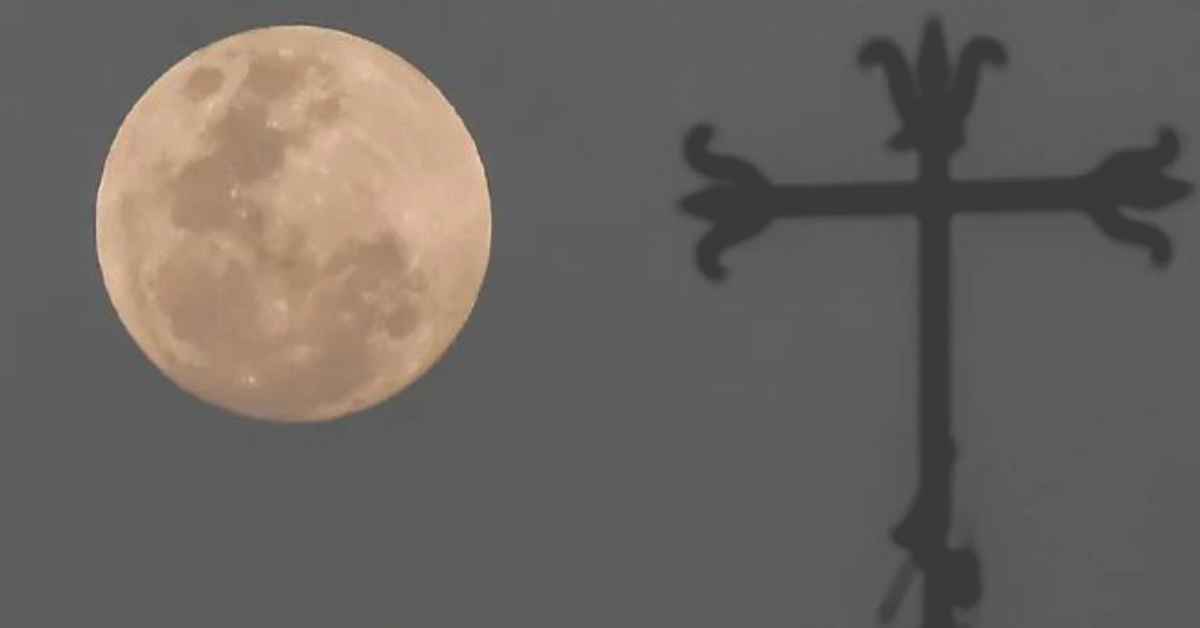‘Blood Moon’ to Illuminate the Night Sky in Fiery Red
Two weeks later, a partial solar eclipse will darken parts of eastern Canada, Europe, northern Russia, and northwest Africa on March 29.

A rare total lunar eclipse will cast parts of the world in a deep red glow tonight as the Sun, Earth, and Moon align.
Skygazers across the Americas, the Pacific, the Atlantic, and parts of Western Europe and Africa will witness the breathtaking celestial event.
This marks the first total lunar eclipse since 2022, with another expected in September.
The phenomenon occurs when Earth’s shadow covers the Moon, but rather than turning completely dark, the lunar surface glows red due to sunlight filtering through Earth’s atmosphere.
The entire eclipse will last around six hours, with the total phase—when the Moon is fully in Earth’s shadow lasting just over an hour.
In North America, the eclipse begins at 1:09 a.m. Eastern Time (0509 GMT), with totality from 2:26 a.m. to 3:31 a.m., according to NASA.
In France, the total eclipse will occur between 7:26 a.m. and 8:31 a.m. local time (0626-0731 GMT), though only the westernmost regions may catch a glimpse before moonset.
Clear skies will be essential for visibility.
Two weeks later, a partial solar eclipse will darken parts of eastern Canada, Europe, northern Russia, and northwest Africa on March 29.
Unlike lunar eclipses, looking directly at a solar eclipse without protection is dangerous—experts recommend using eclipse glasses or pinhole projectors.
